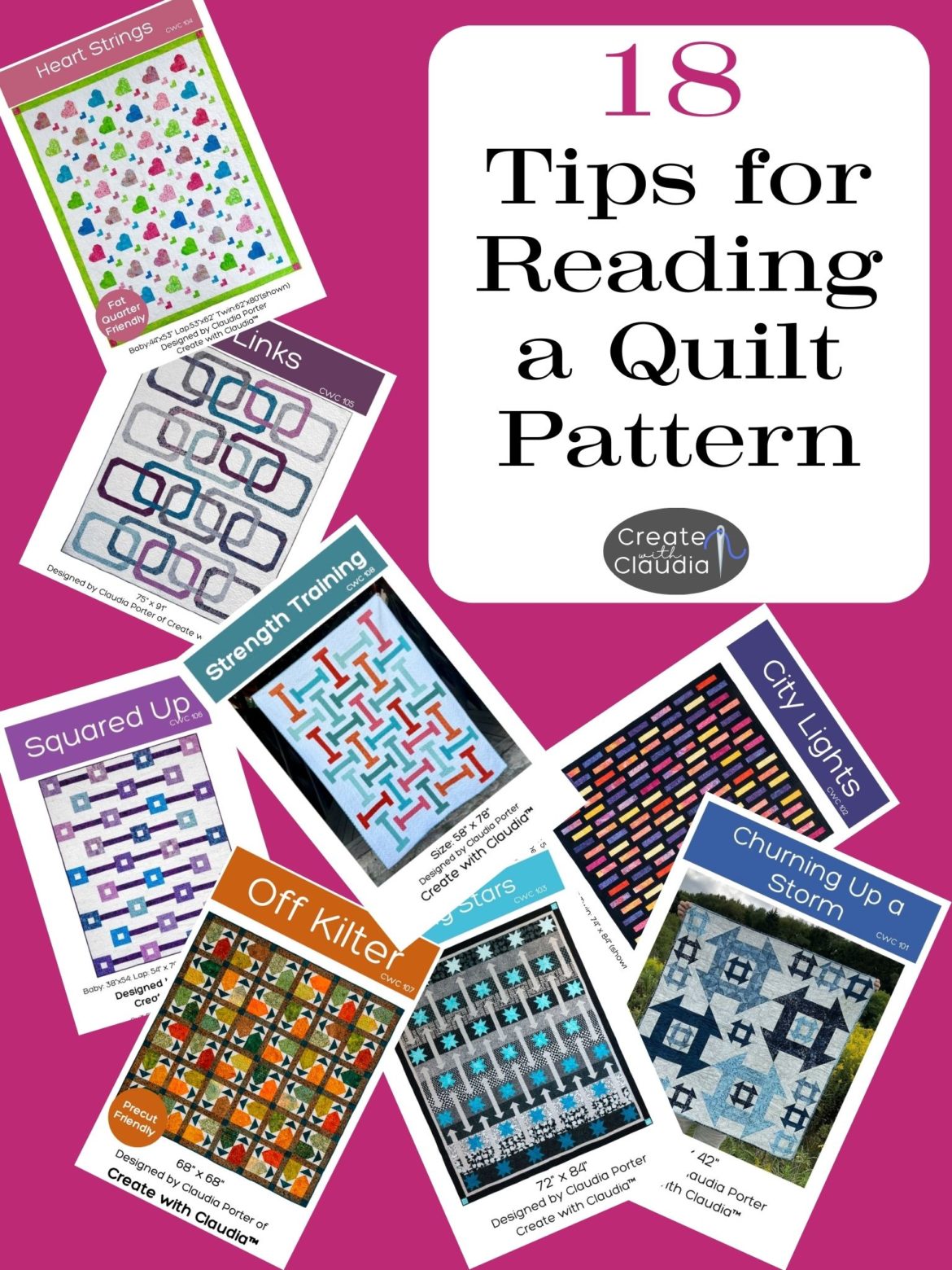
18 Tips for Reading a Quilt Pattern
Picture this…you are at your favorite quilt shop and you see a quilt pattern that you absolutely love. You buy it, bring it home, start working on it and then Wham…you hit a road block and never finish it. We’ve all been there and it can be pretty frustrating. Hopefully my list of 18 tips for reading a quilt pattern will help you out and encourage you to finish that project that is sitting on your shelf.
I talk about all of the tips in more detail in my video which can be found here. The list is down below.
Pattern Formats
Decide which pattern format you would like. A paper pattern is nicely folded, comes in a bag and is usually about 5 1/2″ x 8 1/2″. PDF patterns can be downloaded onto your computer and accessed at any time. You don’t need to print all the pages out at once and it’s easy to refer back to it while you are sewing.
I find myself gravitating to pdf patterns because I don’t have to worry about yet another thing to store somewhere in my house.
Skill Level
Pay attention to skill level. Disclaimer here…if you really like the pattern, go ahead and get it. However, you want to make sure that you check out the skill level. If it is an advanced pattern and you have never sewn a thing in your life, you may want to pass on that one.
Read Through Entire Pattern Before Starting
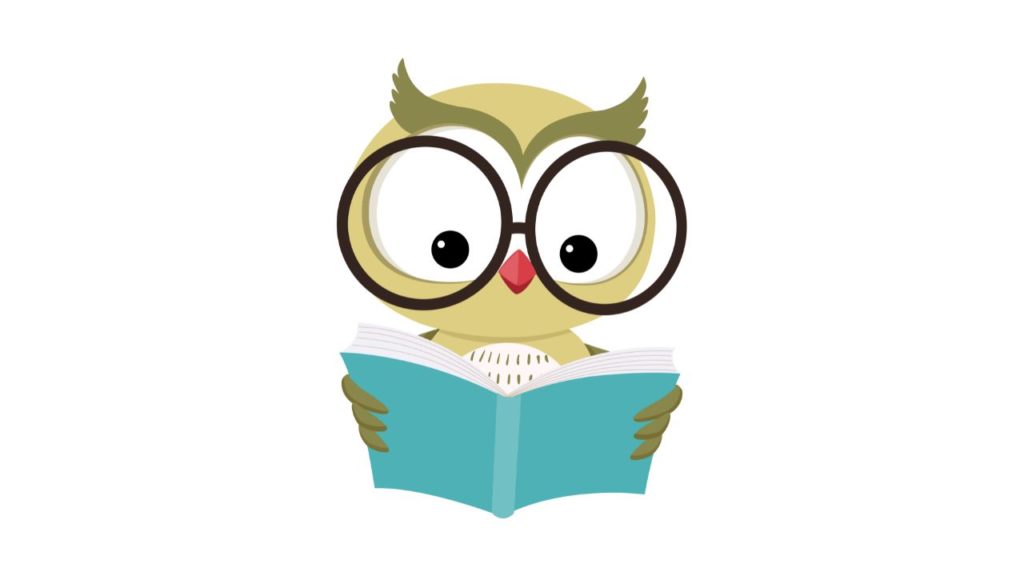
You will find this suggestion on most patterns and designers will tell you this as well. Reading through the entire pattern will help you understand the steps and make it easier to finish your quilt.
Pay Attention to the Info on the Pattern Sleeve
Make sure to check out the pattern sleeve. There is a lot of information on it. It tells you the fabric requirements for the size(s) of the quilt. It is normally where you will find the skill level. You can also find the sizes that the pattern has instructions for.
Read the Glossary
Many patterns have a glossary in it. You can find definitions of various things that are in the pattern. There may also be a description of acronyms such as Half Square Triangles = HST or WOF = Width of Fabric. That can be extremely helpful in understanding a pattern.
Arrows
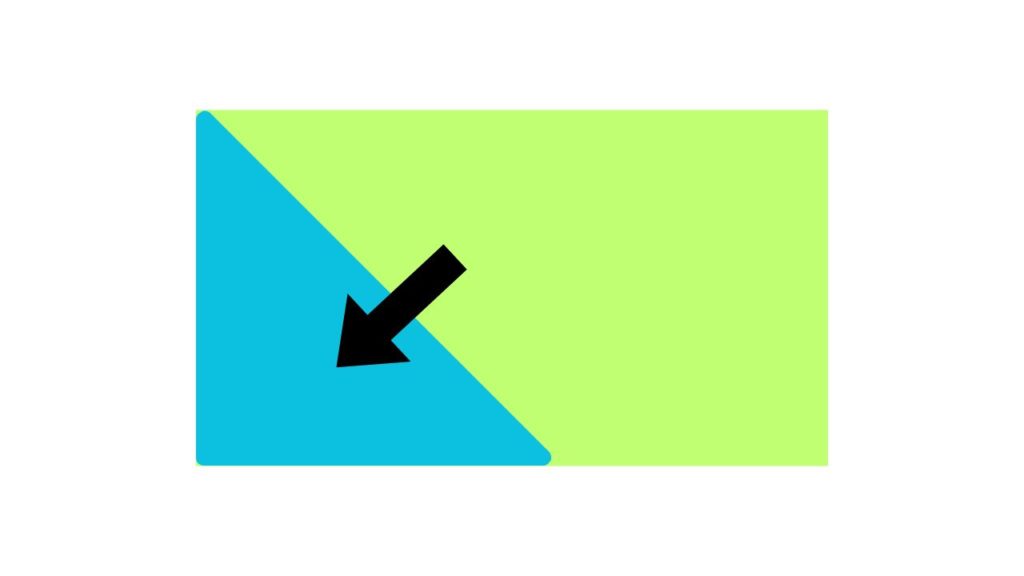
Some patterns have arrows on the shapes. That tells you the direction you should press the shape in. Those arrows are a useful part of any pattern and they help get a nice finished quilt.
Call Out Boxes & Asterisks
Look for the asterisks and any call out boxes. Pattern designers will put those in and they are important. They may give you cutting options or tell you different ways to sew something together.
Follow the Pattern in Order
Even though it may be tempting to skip ahead (and I used to do this fairly often) follow the pattern in the order it was written. Many pattern steps will be numbered. There is nothing worse than jumping ahead, sewing something together, and then realizing you have to get out your seam ripper because you were supposed to do something else first.
Label Your Pieces
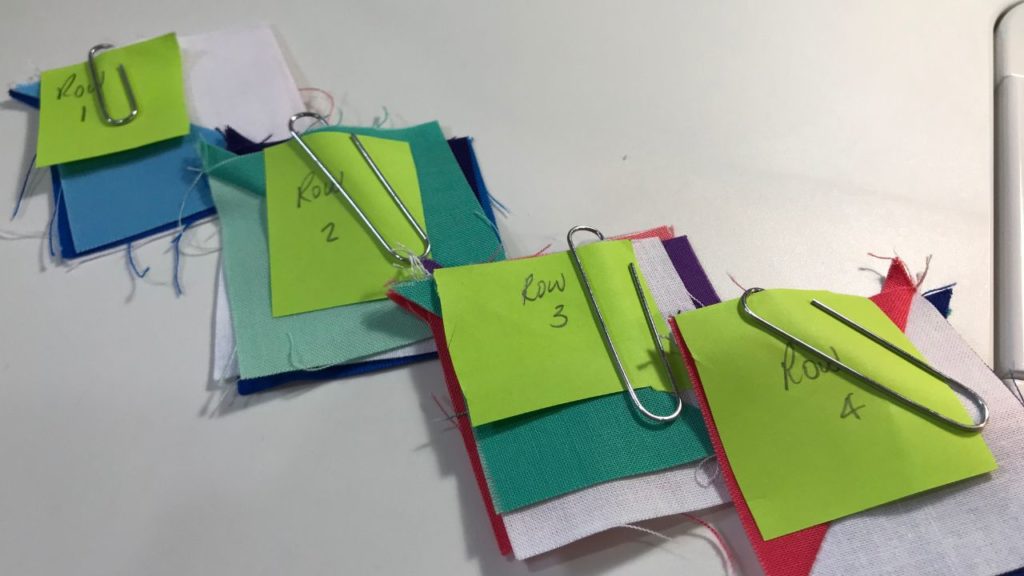
Whether the pattern has numbered or lettered pieces or not, you will want to label your pieces. Believe me, this will help you out in the long run. It is very easy to get pieces mixed up if they are similar in size.
Print Out Patterns in Color
If your pdf pattern has color diagrams, print it out in color. It can help tremendously with piece and block placement.
Look for Video Tutorials
If you are ever stumped or just want to see how a block goes together there may be a Youtube tutorial on it. Many designers now do companion tutorials to help out their customers.
Errata (Errors)
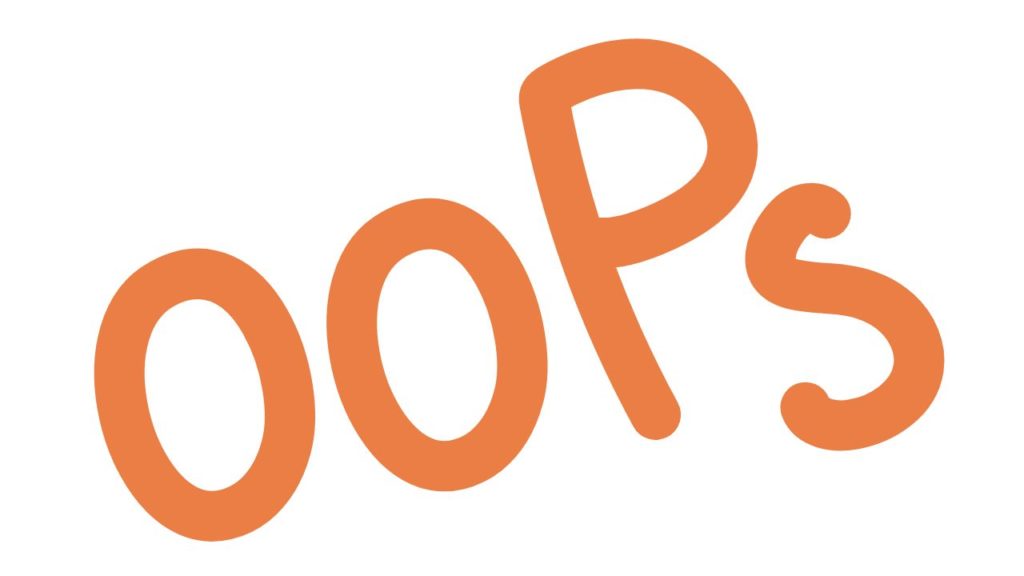
We’re all human and we all make mistakes…even quilt pattern designers. If you think there is an error in a pattern, go to the designer’s website. Many of them have a section that says Errata or Pattern Mistakes or something else like that. You may find a correction.
If you can’t find it on a website, email the designer. They may get back to you and they will appreciate it.
Keep Pattern Organized
OK so this tip is kind of a no-brainer, but staple your pattern together or keep it in the bag it came in. I don’t know about you, but when I am working on a pattern I have fabrics and pages strewn all over the place. In the past I have misplaced an important page and then I was stuck without it. Not fun.
Coloring Pages & Various Color Options
Many patterns have a coloring page. Use it. Not only is it fun to color again, you may get an color layout that you fall in love with. Many designers also have various colorations of their patterns on their website. It is a great place to get some different ideas.
Help Out Your Favorite Designers
Tag Designers on Social Media

If you love a pattern and make it, you can post a picture on social media and tag the designer. On behalf of all quilt pattern designers, few things make us happier than someone who has made one of our designs.
Respect the Copyright
Yes – it is tempting to make or print out a quick copy of a pattern and give it to your quilting buddy. No – you shouldn’t do it. Patterns are copyrighted and should not be copied or shared. Many many hours are put into our designs and they are our livelihood.
Happy Quilting!
Now that you have read the 18 tips for reading a quilt pattern you are ready to tackle your next fabric masterpiece. Have fun and enjoy the process and results.
- Claudia
Would you like more tips? Check them out here: Quilting Tips





 Made with scr
Made with scr